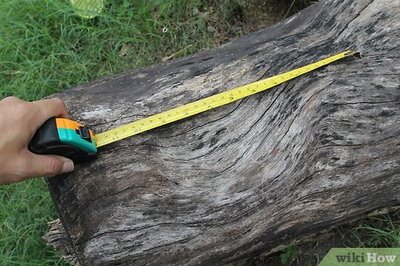
views
How do we defuse the ticking TB bomb? This is the topic of discussion which surfaces each year with unfailing regularity when World TB Day is around the corner. After going through the motions to tell each other how scary the situation is, the discussions move on—until 2017. This has to change. And perhaps it is changing.
A new approach has been emerging from the government which increasingly recognizes that with an estimated 70% of patients not showing up at government facilities, there is need to develop an inclusive strategy which will consider all resources in the country--public, private, NGOs—as national resources and evolve a coordinated plan so this looming disaster can be minimized. Or with luck, eliminated.
One such initiative pointing to this paradigmatic shift is happening in Bihar. Thirty-eight year Phulwati, mother of four living in a Patna shanty, was cured of TB because her neighbourhood pathology lab tested her sputum for free and the local pharmacy gave her medicines lasting eight months also for free. They are among the 96 pathology labs and 277 private medical shops dotting all parts of the city to offer the same package of free services to TB patients under a new demonstration project being implemented by the government.
The results of this approach are so dramatic that World Health Partners, our organization implementing this model in Patna, currently notifies 18% of all TB cases across the state of Bihar despite covering only about 2% of the state’s population. Two members of Parliament who reviewed the project recently were all in praise for the approach at a recent Global Coalition Against TB meeting and requested Union Minister for Health and Family Welfare, JP Nadda, to explore ways of expanding the model across the country.
Incidentally, it was not the pharmacy or lab alone that helped Phulwati. The project harnessed a wide slew of private providers, ranging from the 285 informal providers in the slums to 440 formally qualified medical doctors besides special facilities that are equipped to test for drug resistant TB, to create an entire ecosystem of care. In short, the system was prepped to deal with any eventuality and at any stage.
Barring a token fee that the doctor charges initially, all else comes free to the patients, with WHP absorbing the cost to each provider according to a rate structure agreed upon among all players. All payments are aligned with the levels of the government so transition to the public sector to take over the project for long-term sustainability is easy.
The Patna project is part of a new initiative launched by the government of India in 2014 in three cities (Mumbai and Nagpur) and one district (Mehsana in Gujarat) to leverage the vast resources available in the private sector to ensure standard TB care is provided to all TB patients. The success is evident-– the Private Provider’s Interface Agency (PPIA) model in Patna alone making 23,397 notifications until February 2016.
A sophisticated electronic backbone holds the system together. The notification of the case by the doctor or the lab generates a unique id and an electronic coupon that enables the patient to visit any of the networked pharmacies to get the medicine. A backend call center run by WHP quickly validates the e-coupon and instructs the pharmacy to release the drugs.
The incentive to the pharmacy, nearly matching with industry norms, is settled every fortnight, directly transferred to their bank account.The electronic e-payment system of WHP now supports the government interface with private chemists in distant Mehsana and Nagpur too.
There are other clever uses of technology. All patients under treatment get a distinct staccato call at a time of their choice to serve as a reminder to take the medication. A computer is configured to issue a series of rapidly broken calls to the registered number is all that is needed to achieve this—and it costs nothing, thanks to the great Indian invention called the missed call!
If we want to address the health care needs 'here and now', instead of drawing plans for long time spans, the next option is to identify whatever resources currently exist and creatively design a way to engage with them in a location- and competency- determined framework. This proves an effective mechanism not only for tackling TB but for all medical conditions affecting the population.
India currently faces a huge paradox in service delivery. The total number of doctors in the public sector is estimated at around one lakh but the number available to address the needs of the 900 million rural population at primary health centres in 2015 is 27,421, according to the Indian Government’s rural health statistics. (Most others are in administrative and research positons.) Contrast this with the vast army in the private sector—8.7 lakhs doctors, 6.4 lakh pharmacies and at least 40,000 pathology labs.
A current NITI Aayog member estimated some years ago that the public subsidy to educate a doctor in India is about $40,000. It is unconscionable if the $35 billion—or Rs 227,500 crore –spent in educating the 8.7 lakh private sector doctors is not used to supplement the public sector especially when the neediest segments are falling victim to preventable and treatable illnesses. The trick is to find out an optimum expenditure to harness these resources instead of ignoring them completely.
WHP's Bihar project demonstrates that using all available resources is a key to addressing the health challenges of rural communities and the urban poor.If we can continue to leverage the skills of the private sector, use the potential of telemedicine systems, and supplement the formal medical services of the public sector—I am certain that spectacular results will follow.
(The author GopiGopalakrishnan is the president and founder of World Health Partners. He has been a member of India's Population Commission and has advised the Ministry of Health and Family Welfare and numerous national and international organizations on large-scale cost-effective service delivery.)















Comments
0 comment